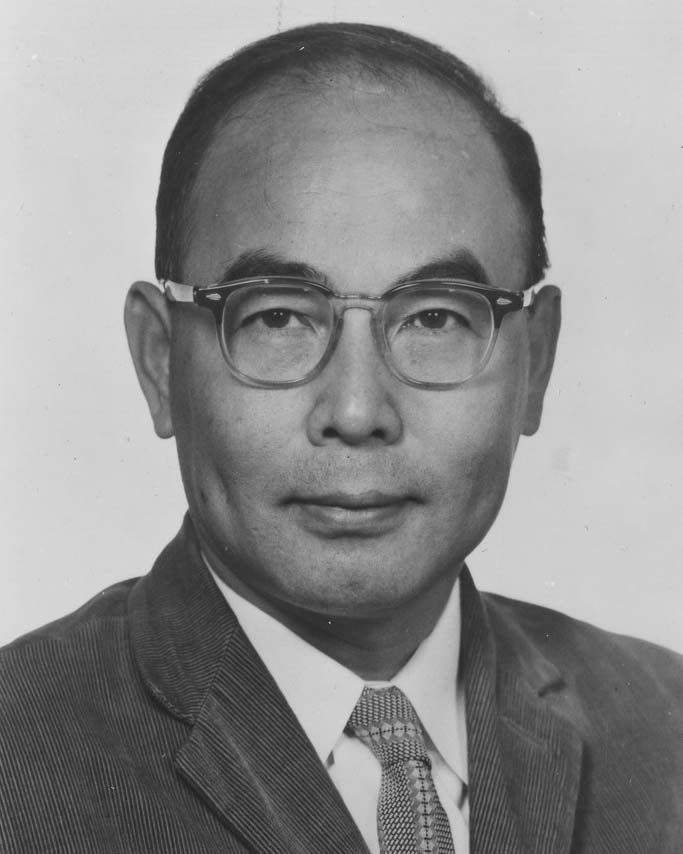Huang, Su-Shu (1915–1977)

Su-Shu Huang was a Chinese-American astronomer who, in the late 1950s and early 1960s, was among the first to carry out detailed analyses of the types of stars which might be capable of nurturing life, especially advanced life, on planets circling around them.1, 2, 3 He drew attention to the variety of habitable zones that might be found around stars of different size and spectral type, and made other contributions in the early years of SETI. He suggested it would be difficult for any technological race, in the face of continually negative results, to sustain interest either in searching for or beaming out interstellar signals over long periods of time. For this reason, he thought that a powerful system capable of "eavesdropping" on stray communications (see Cyclops, Project) would have the best chance of success.
Huang came to the United States in 1947 on a fellowship granted by the Chinese Nationalist government, earned a PhD in astrophysics at the University of Chicago under Otto Struve, and in 1950 moved, at the same time as Struve, to the University of California, Berkeley. Eight years later he joined NASA.
References
1. Huang, S. S. "Occurrence of Life Outside the Solar System," American
Scientist, 47, 397 (1959).
2. Huang, S. S. "Life-Supporting Regions in the Vicinity of Binary Systems," Publications of the Astronomical Society of the Pacific, 72 106 (1960).
3. Huang, S. S. "The Limiting Sizes of the Habitable Planets," Publications
of the Astronomical Society of the Pacific, 72, 489 (1960).


